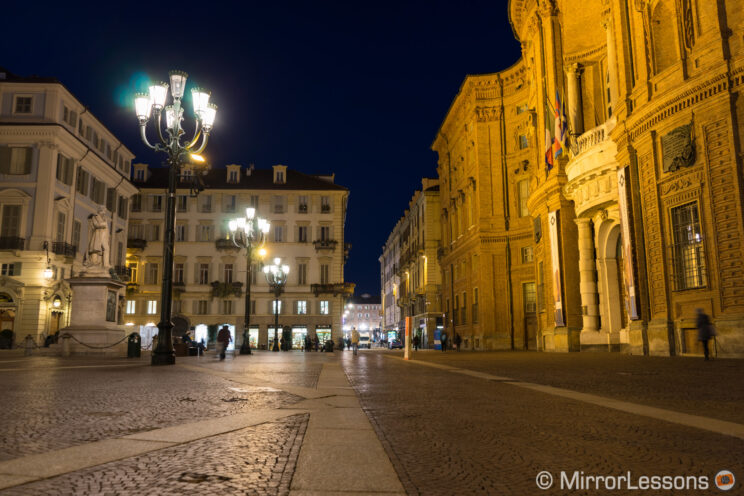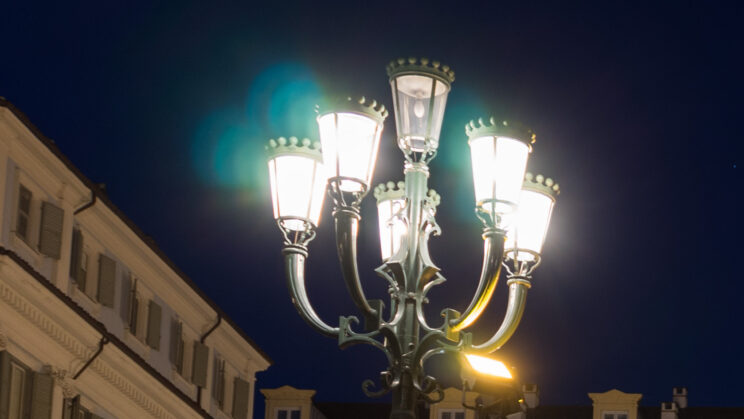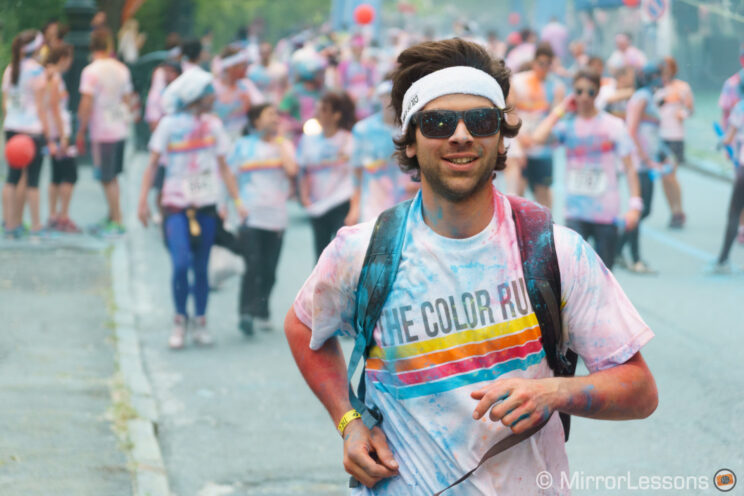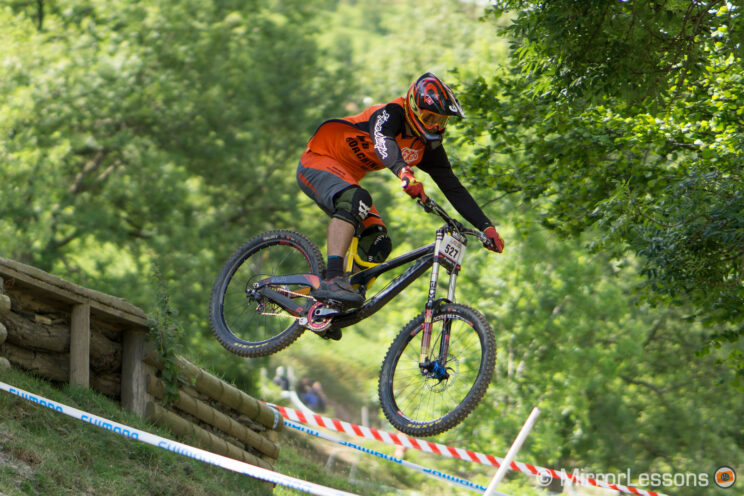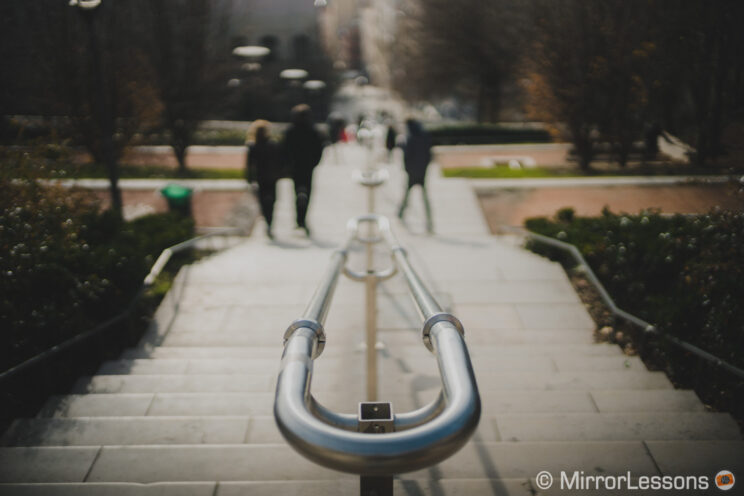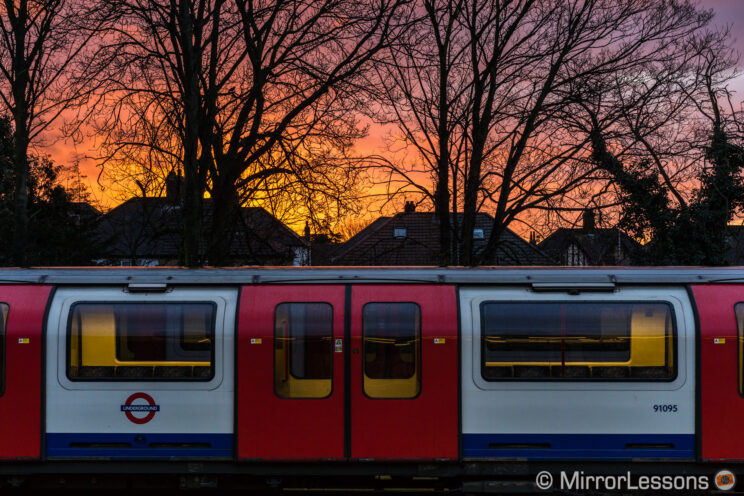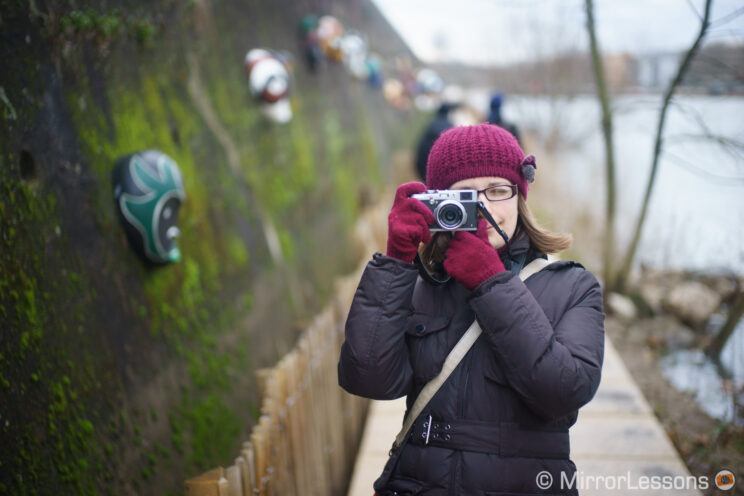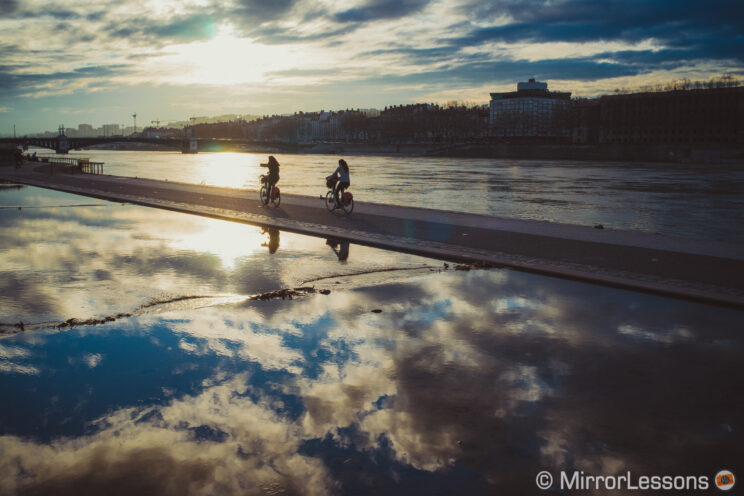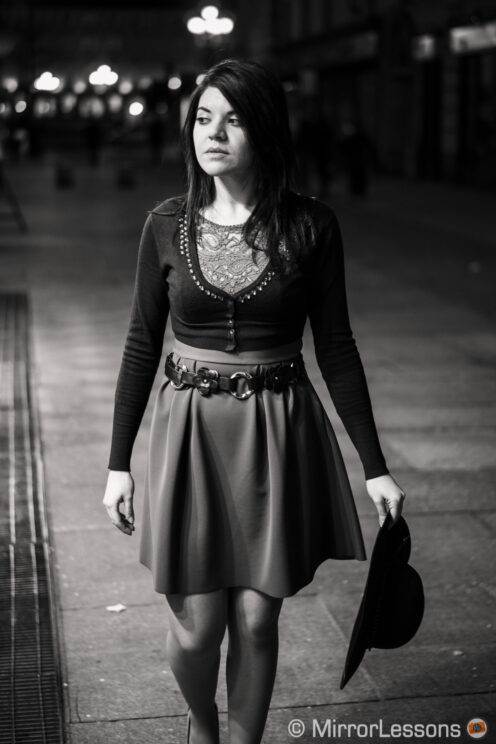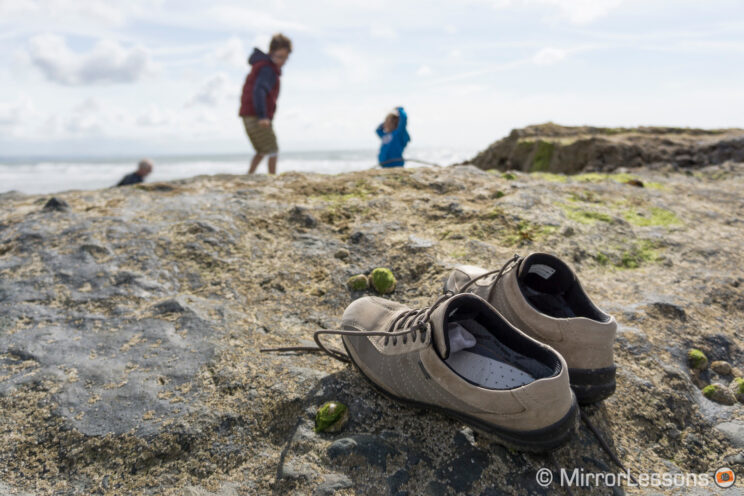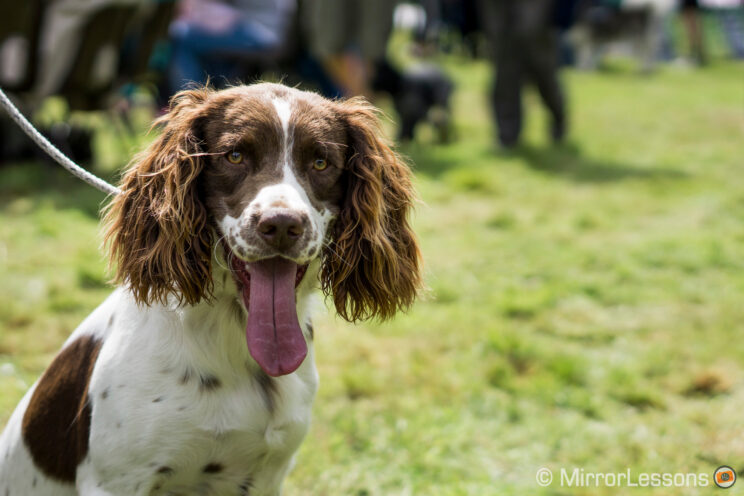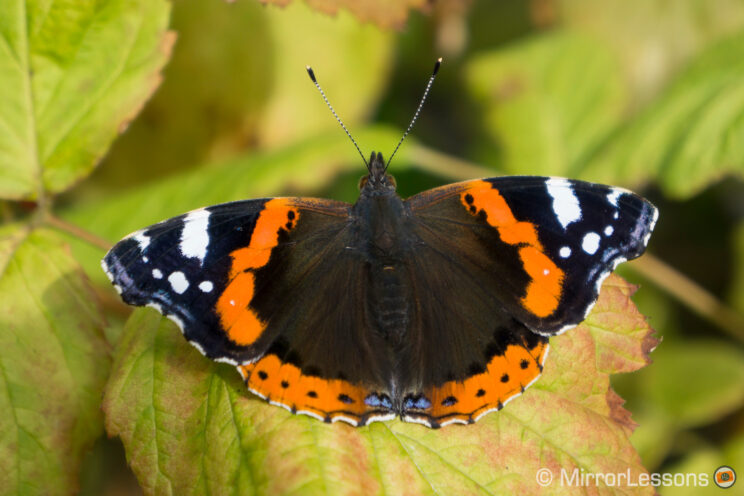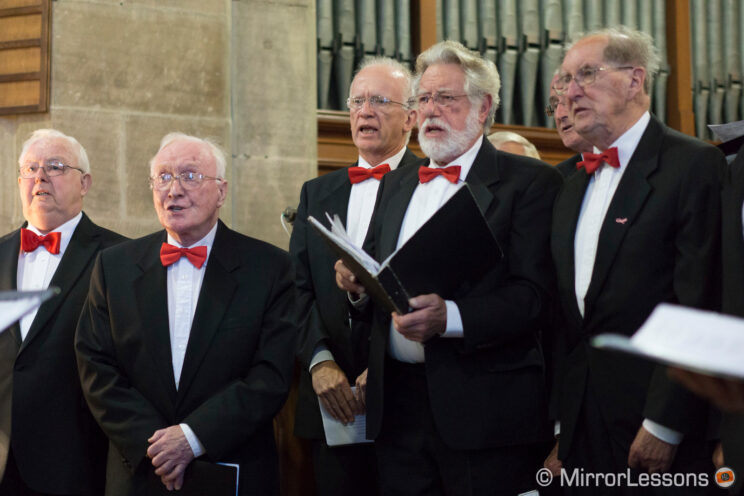The Sony A7 was the first ever full-frame mirrorless camera to be released by Sony (alongside the A7R) in late 2013. The system has come a long way since then, challenging the likes of Nikon and Canon in the full-frame arena.
The A6000 was released later in early 2014, and marked an important step forward for the APS-C series, not only because of the change in name (from Nex to A6xxx), but also thanks to the best (at the time) autofocus system in the mirrorless world.
By today’s standards, these two cameras are certainly outdated, yet they are still popular. Let’s see how they compare but first, a quick recap of what they have in common:
- E-mount
- 2-way tilting LCD screen with 921k dots of resolution and no touch capabilities
- Wifi and NFC (no bluetooth)
- no electronic shutter (only 1st-curtain electronic shutter)
- NP-FW50 battery (battery life is poor on both, so buy a few spare)
- 1 SD card slot
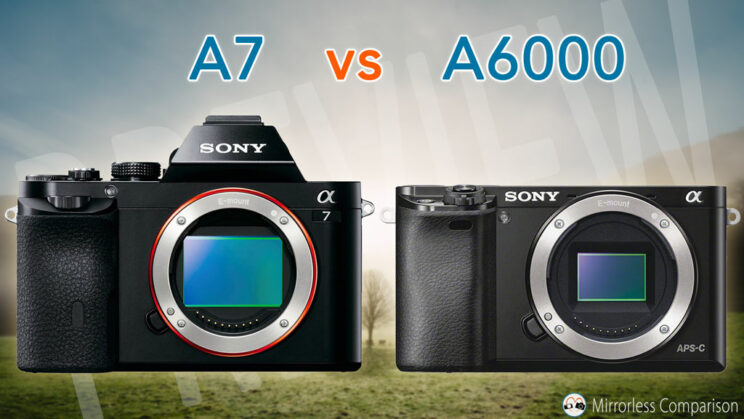
Ethics statement: the following is based on our personal experience with the A7 and A6000 cameras. We were not asked to write anything about these products, nor were we provided with any sort of compensation. Within the article, there are affiliate links. If you buy something after clicking the link, we will receive a small commission. To know more about our ethics, you can visit our full disclosure page. Thank you!
1. Sensor
The A7 features a 35mm size (full frame) sensor with 24.3MP.
The A6000 share the same resolution of 24 megapixels, but has an APS-C sized sensor that is 2.2x smaller by comparison.
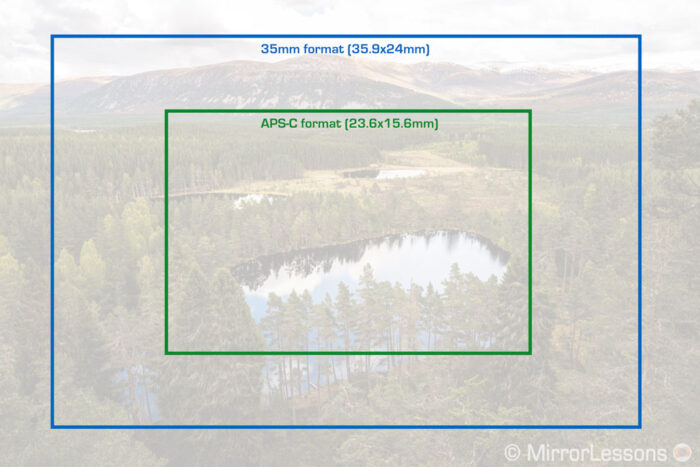
The difference in size means that the A7 has better image quality when it comes to dynamic range and high ISO although, in my opinion, the difference is not as huge as some may suggest.
Both cameras have a low-pass filter to reduce moiré and aliasing.
They share the same ISO range of 100 to 25600, but the A7 also has an extra “low” value: ISO 50, which is not native but extended by the software.
One negative thing I noticed with the A7 when I tested it back in 2014, is that it can produce annoying sensor flares for city shots at night. In the image below, for example, you can see some blue/cyan halos near the sources of light.
This is a known problem of this particular camera and has been reported by other photographers as well. I’m not exactly sure what causes this (it might have been the AA filter), but it was fixed with the A7 II which has the same sensor, but likely with a modification to prevent the exhibition of the flare.
This problem may or may not be a deal breaker for you depending on what you like to take pictures of, but it’s certainly worth knowing if you’re planning on buying a Sony A7 in 2021.
2. Autofocus
Both cameras use a hybrid autofocus system with contrast and phase detection points. While contrast AF can be helpful in low light situations, phase detection makes the autofocus more precise and faster, and is especially useful when capturing action and moving subjects.
The A7 has 117 phase detection points and 25 contrast detection points.
The A6000 has 179 phase and 25 contrast detection points.
The A6000 pushed the autofocus to a new level, at a time when many were still skeptical about the capabilities of mirrorless cameras. It is faster and more reliable than the A7. The latter gives you decent performance, but for fast moving subjects, I find the A6000 delivers better performance overall, also thanks to the faster continuous shooting speeds (see next chapter below).
Both cameras come with various settings including Eye AF, although the latter only works with single autofocus and is not available in video mode.
3. Drive speed
The A7 can shoot at a maximum of 5fps, although keep in mind that at this speed, it works in speed priority mode, which means that the frame rate is prioritised over focus accuracy.
The A6000 can do 11fps with C-AF. The faster continuous shooting speed, coupled with the faster autofocus, make the APS-C camera more ideal for action and sport.
4. Shutter speed
Another difference is the maximum shutter speed, which is 1/8000s for the A7 and 1/4000s on the A6000.
The extra speed can be useful in various situations, like for example if you’re using a very wide aperture in daylight, like in the example above.
The maximum flash sync speed is also different: 1/250s for the A7, 1/160s for the A6000.
5. Design
The first difference, concerning the build quality, is that the A7 has a magnesium alloy body and is weather resistant (dust and moisture), unlike the A6000. You can also see by looking at the images below that the full frame camera is slightly larger, taller and heavier.
- A7: 126.9 x 94.4 x 54.8mm, 474g
- A6000: 120 x 66.9 x 45.1mm, 344g
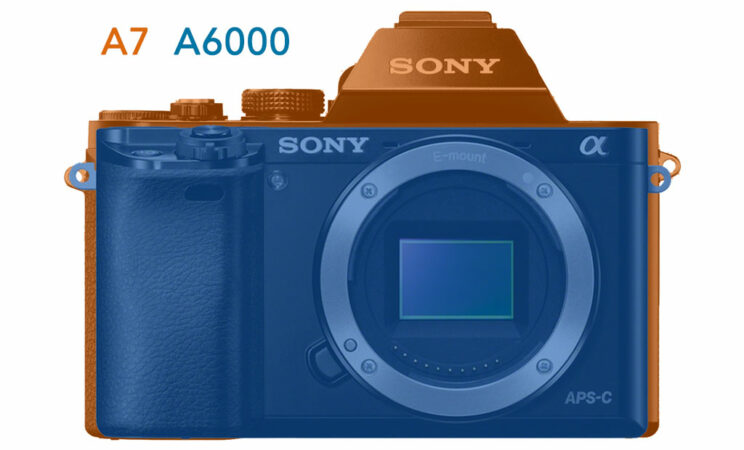

Then we have the outer design, and the first thing you’ll notice is the position of the viewfinder, which sits in the top-middle on the A7, and embedded on the side in the main frame on the A6000.

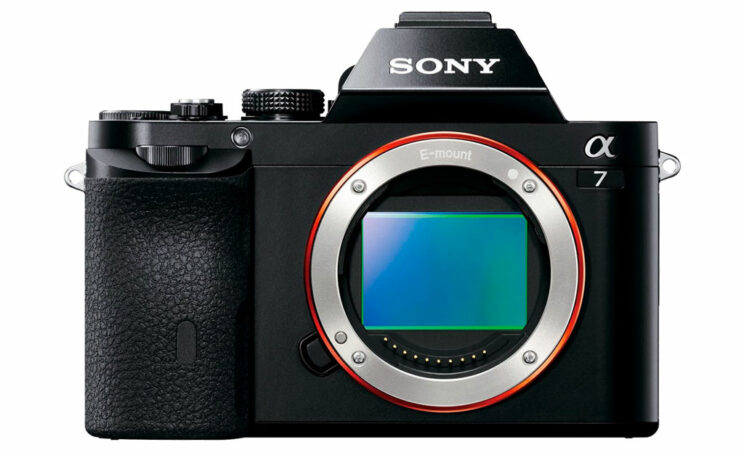
Both feature a large-enough front grip, but only the A7 has twin dials on the front and rear to control the exposure (shutter speed and aperture), whereas the A6000 has one dial only. The full frame model also has an exposure compensation dial on top.
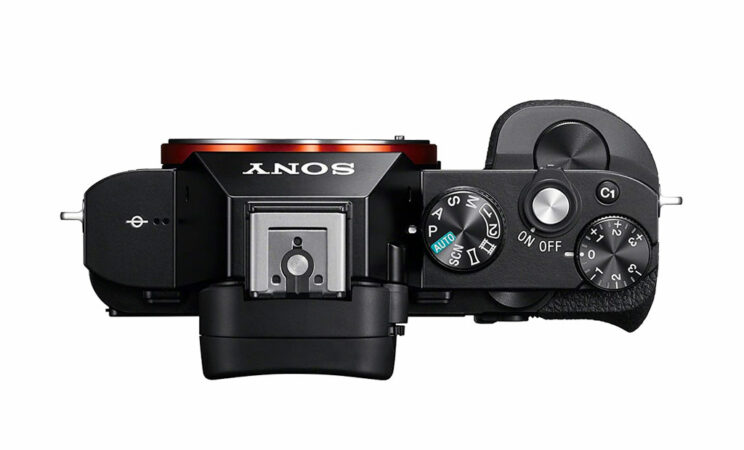
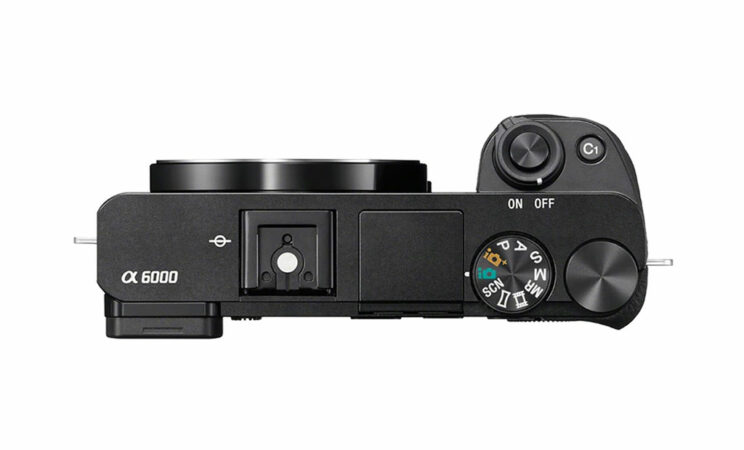
On the rear, the button layout is similar but the A7 has an extra custom button, as well as the AF/MF and AEL switch that gives the button in the middle an extra setting.

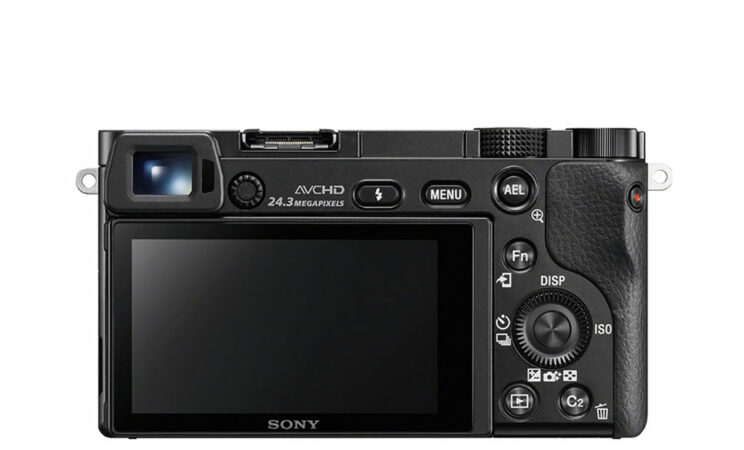
The A7 offers a bit more customisation, and I find it better to use overall, although both cameras have a confusing menu system and some functions aren’t straight-forward.
You access the SD card slot on the side on the A7, in its dedicated compartment, whereas you’ll find it on the bottom inside the battery compartment on the A6000.
Both cameras have the multi-interface shoe on top that allows you to use a series of compatible Sony accessories including flash and microphones.
Concerning the aesthetics, the A6000 is available in four different colours (black, white, graphite gray and silver) whereas the A7 is available in black only.
6. Viewfinder
The A7 has an electronic viewfinder with a 0.5-in OLED panel, 2.36M dots of resolution, 0.71x magnification and 22mm eyepoint.
The A6000 has a smaller EVF (0.39-in) with less resolution (1.44M dots), similar magnification (0.70x) and a slightly longer eyepoint (23mm).
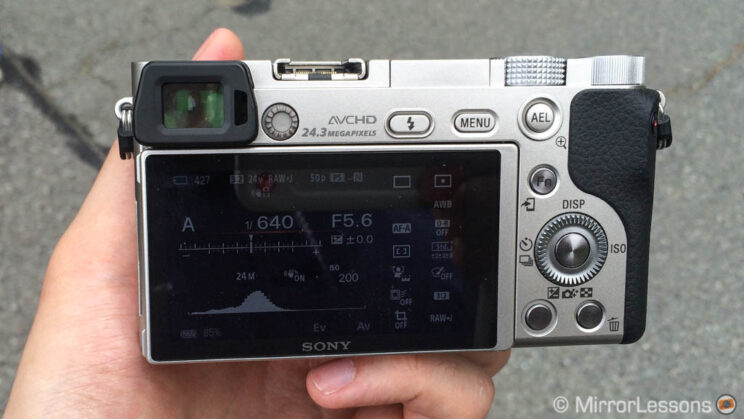
Neither of these viewfinders are first class by today’s standard, but I definitely find the larger viewfinder of the A7 easier to use, and you’ll appreciate the higher resolution too, especially if you like to focus manually for example.
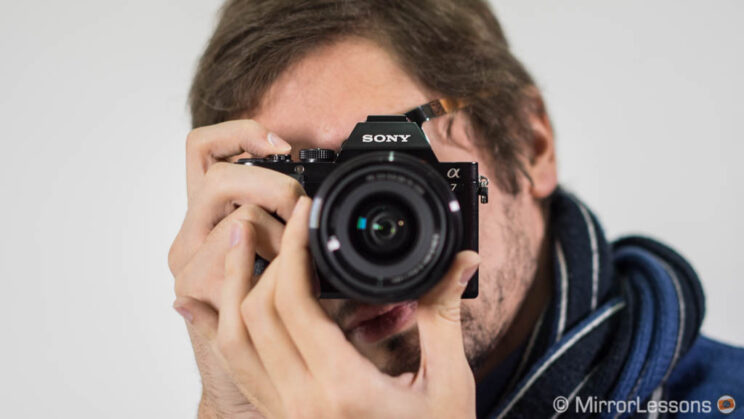
7. Video codec
Both cameras can record Full HD up 60p with the AVCHD codec, and a maximum bitrate of 28Mbps.
With firmware 2.0, the A6000 received an update to record with the XAVC S codec, which raised the bitrate to 50Mbps.
Although the XAVC S codec is certainly welcome, AVCHD offers decent quality. Below you can see a video I made with the A7 seven years ago.
8. Headphone output
Both cameras have a 3.5mm analog microphone input, but only the A7 has a headphone output, which is certainly helpful to monitor the audio of your video recording more precisely.
9. Vertical battery grip
For the A7, there is the optional battery grip (VG-C1EM) which allows you to use two batteries with the camera, as well as improve the ergonomics when shooting in horizontal and vertical orientation.
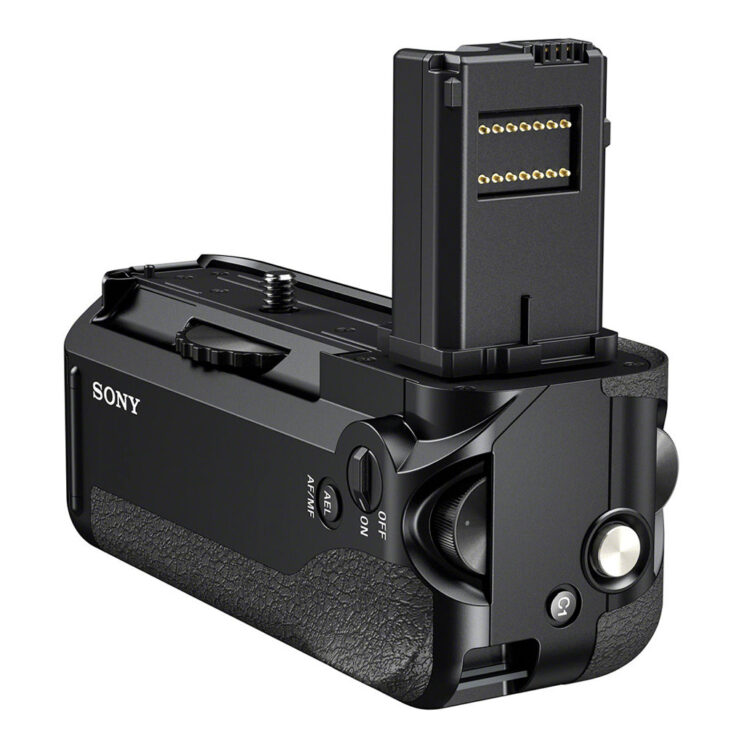
For the A6000, there is no official accessory from Sony, but you can find third-party battery grips such as the one made by Meike, which also includes a wireless remote control. Bear in mind however that the grip needs to connect to the USB port of the camera, and is not weather sealed. You can find out more about this type of grip in our accessory article.
10. Price
The Sony A7 has been discontinued from retailers and online stores for some time now, so your only option is to find it second-hand at around $500.
The A6000 can still be found new online, with a price of around $650 with the kit lens, or even less if a promotion applies. Used, it can be found for $400.
Conclusion
If you’re looking for these cameras in 2021, the first thing to know is that they’re 6/7 years old. Of course they are still perfectly capable of taking good pictures, but it means you won’t have the latest features, the fastest autofocus or the absolute best image quality today’s products have to offer. But you probably already know this.
The advantage, on the other hand, is that the cost of the two models today is very reasonable. The A7 in particular can give you the nice look of a full frame sensor for $500 if you find one second-hand in good condition. This means you can focus on investing in good lenses and get a good set-up for a reasonable budget. The camera has its quirks as explained throughout the article, but it is also compact and very portable.
The A6000 is one of the most popular – and most sold – mirrorless cameras of all time and you can still find it brand new. Personally, I find the asking price of $650 a bit high but, when there are special deals, the cost can go down, making the camera more interesting to buy.
Check price of the Sony A7 on
eBay
Check the price of the Sony A6000 on
Amazon | Amazon UK | B&H Photo | eBay
Second-hand Sony gear on
MPB US | MPB UK
Sony A7 sample photos
Sony A6000 sample photos
More images can be found in the A6000 sample photos gallery.

